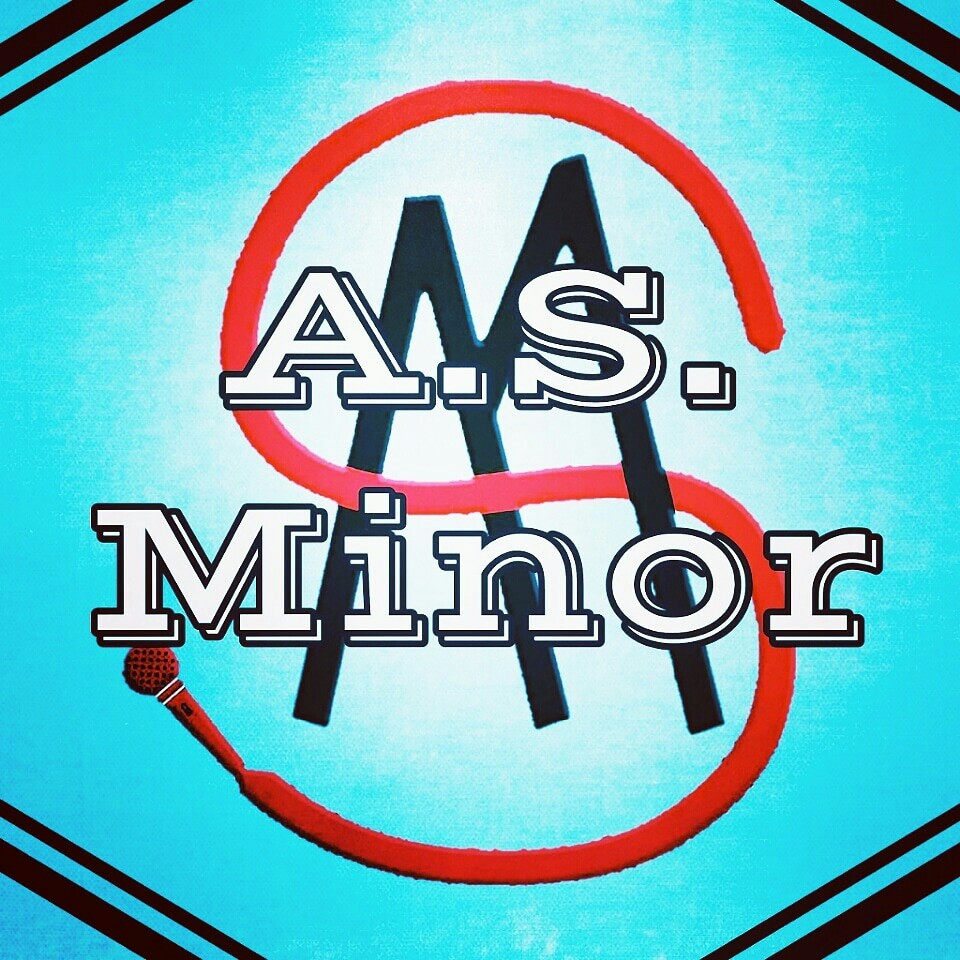"Bipolar Disorder can be a great teacher. It's a challenge, but it can set you up to be able to do almost anything else in your life."
-Carrie Fisher-
The above quote is taken from the words of mental health advocate and Hollywood icon, the late Carrie Fisher, or, as she’s more popularly known, Princess Leia from the movie Star Wars. Fisher battled with mental health issues—including Bipolar Disorder—most of her life, and she wasn’t afraid to speak openly about it. She never missed an opportunity to explain to people that Bipolar Disorder is not a curse, but rather it’s a gift; she held true to the ideal that, much like a bodybuilder is able to increase their weights over time, those of us who deal with Bipolar Disorder are often stronger than the average person simply because they carry the weight of a constant battle throughout their entire lives.
When approaching this particular mental health issue, it’s important to consider its origins. The first recorded case of Bipolar Disorder was in Greece during the first century AD by a physician and philosopher named Aretaeus of Cappadocia. He describes patients who “laugh, play, [and] dance night and day, and sometimes go openly to the market crowned, as if victors in some contest of skill, only to be torpid, dull, and sorrowful at other times.” Aretaeus attributed both patterns of behavior to the same disorder. However, despite that, and subsequent cases, it didn’t gain credence until the 17th century; prior to that mania and depression were considered two separate disorders. In the 1800s, a man named Theophilus Bonet published a text entitled Sepuchretum, which detailed his experiences performing roughly 3,000 autopsies. In the text, he linked the two disorders in a condition called “Manico-melancollicus, manico from the Greek word for “spirit, force, or passion,” and melancollicus from the Greek words melas, which means “black” and chole, meaning “bile,” as the ancient Greek physician Hippocrates theorized that melancholy—the original term for depression—came from an excess of bile. Further study into the disorder didn’t become part of mainstream medical conversation until the early 1900s, when a German psychiatrist named Emil Kraepelin observed untreated patients and discovered that the extremes were accompanied by relatively symptom-free intervals. Up until this point the disorder was considered in the same scope as Schizophrenia, but Kraepelin’s studies revealed that it was actually a separate disorder, and hence he coined the term “Manic-Depression.”
Why is all this important? For two reasons: It illustrates both the widely-held misunderstandings of the illness over time, as well as the scope of how long it’s been in the medical limelight. The history of Bipolar Disorder speaks of duality just as much as the disorder itself does. The second reason is because of the media atmosphere in today's society. Now more than ever we need to try harder to make our voices heard so we can put a "face" to mental illness. With that said, what do we know about it today? According to the National Institute of Mental Health, “[Bipolar Disorder] is marked by a clear change in mood, energy, and activity levels…these moods range from periods of extremely ‘up,’ elevated, and energized behavior (known as manic episodes) to very sad, ‘down,’ or hopeless periods (known as depressive episodes).” This brings us to the two videos below, which are companion pieces made to illustrate the two sides of the disorder. One is entitled “My Mirror,” and is a spoken word poem seen from the perspective of mania, and the other is entitled “My Reflection,” seen from the lens of depression.
Symptoms of any mental health condition can often present themselves differently for different people, and Bipolar is no different. There are four types of this illness, though they all have the same basic symptoms: Bipolar I Disorder, Bipolar II Disorder, Cyclothymic Disorder (often called Cyclothymia), and Unspecified Bipolar Disorder, which is to say that the person presents all the symptoms but in a way that is different than the three listed above. If you’d like more information on the different types, please let me know in the comments below and I can direct you to some fantastic resources. However, with all that said, between the two poems I did my best to paint an accurate picture of Bipolar Disorder. Please let me know what you think, and I hope this helps to illustrate that “You Are Not Alone.”

